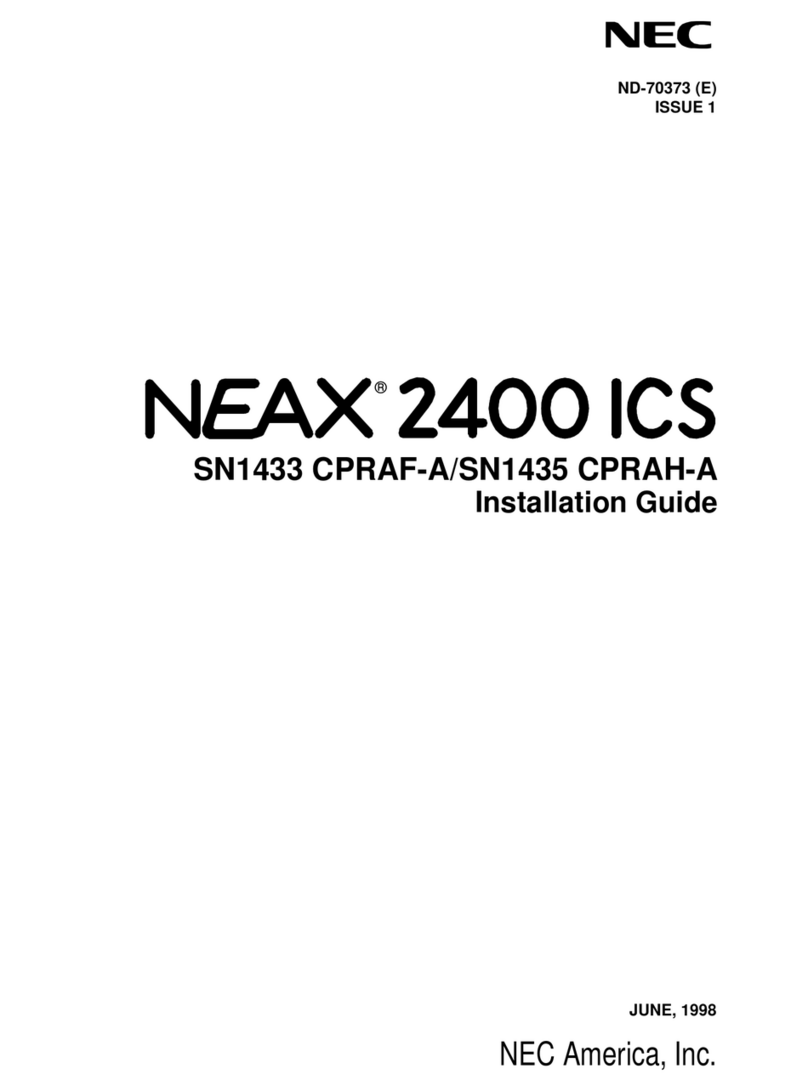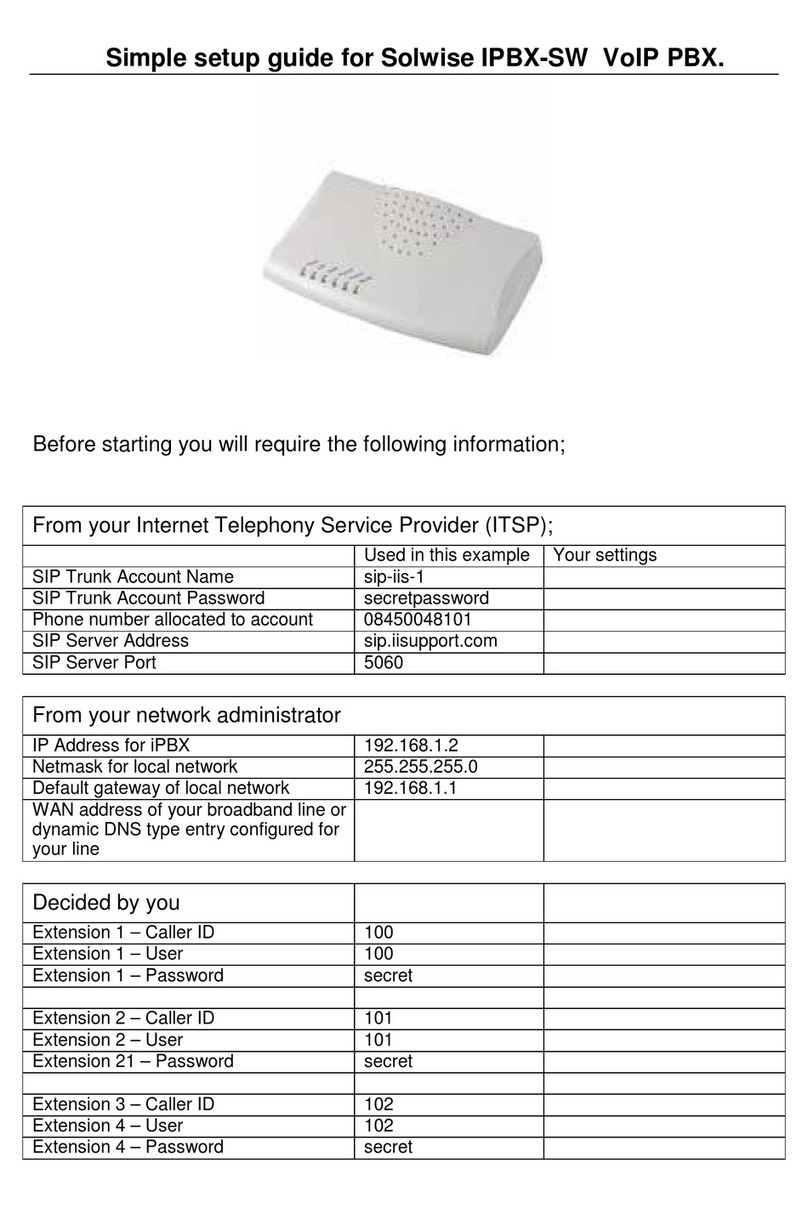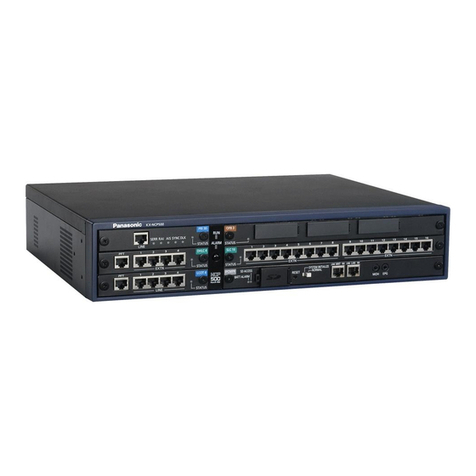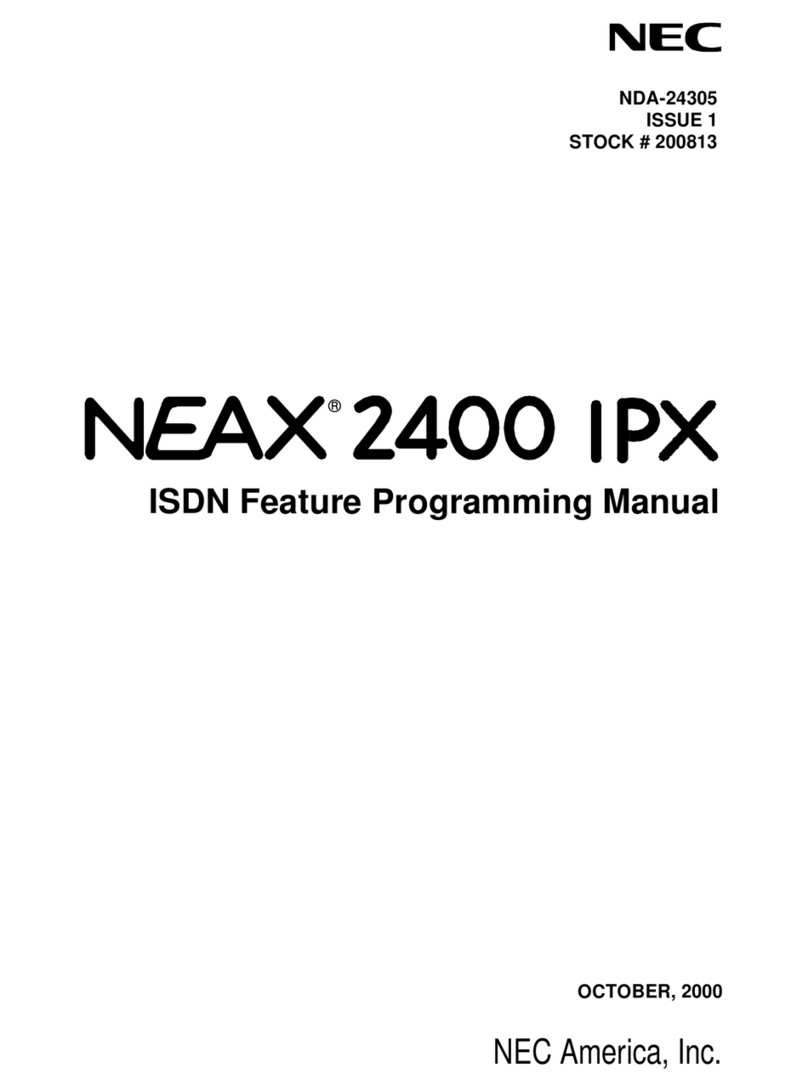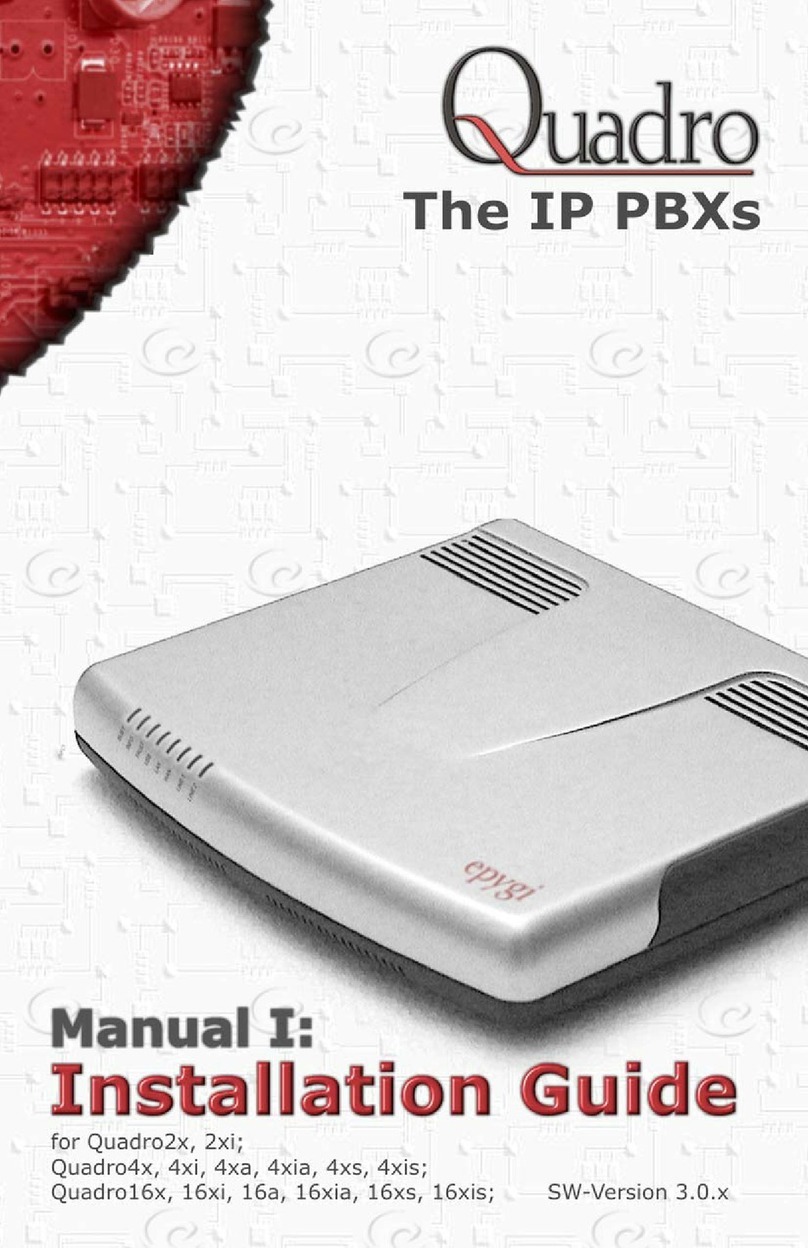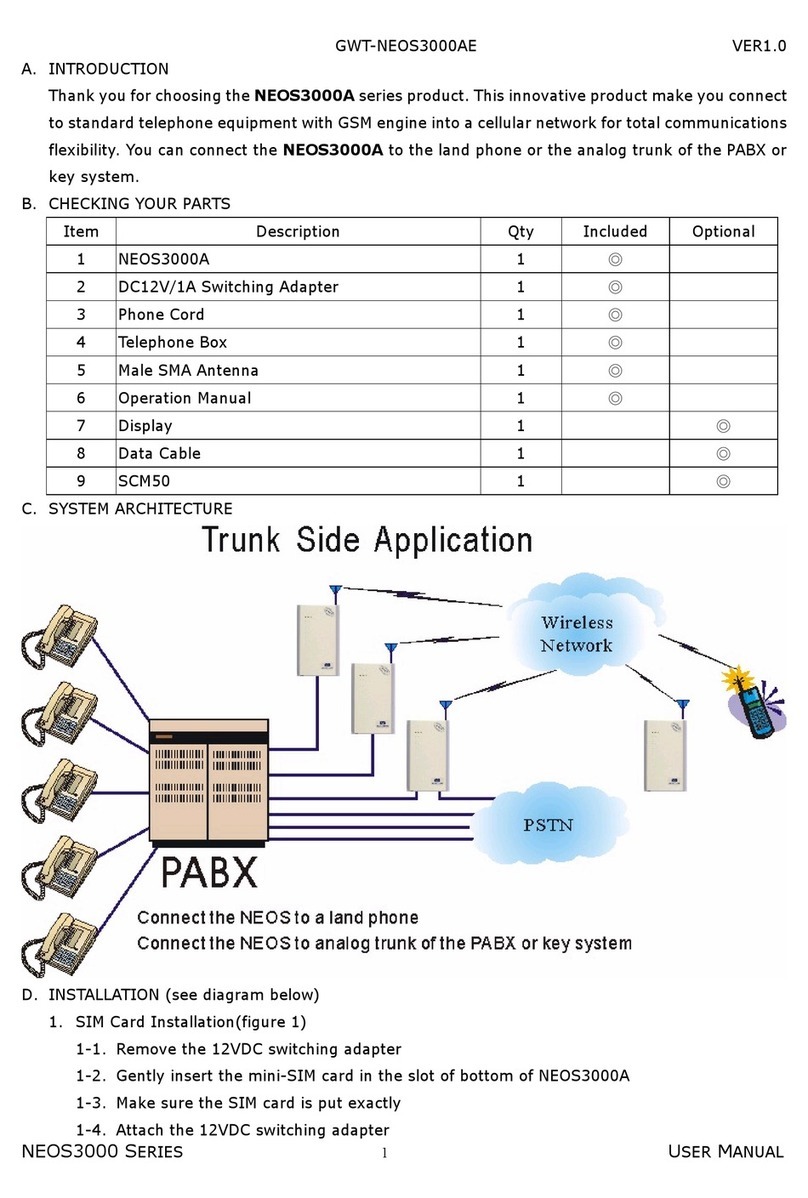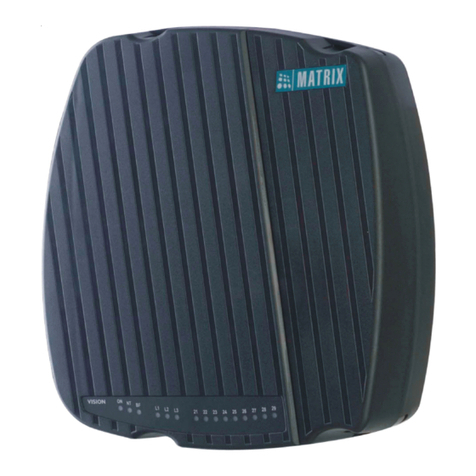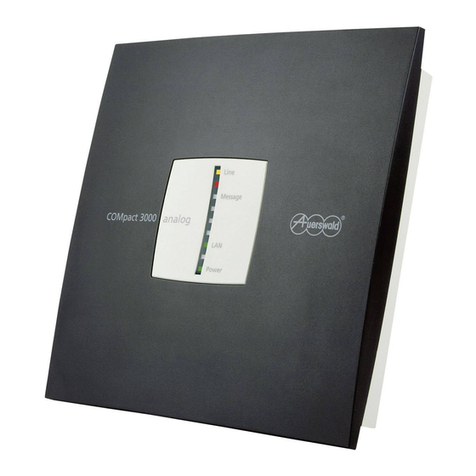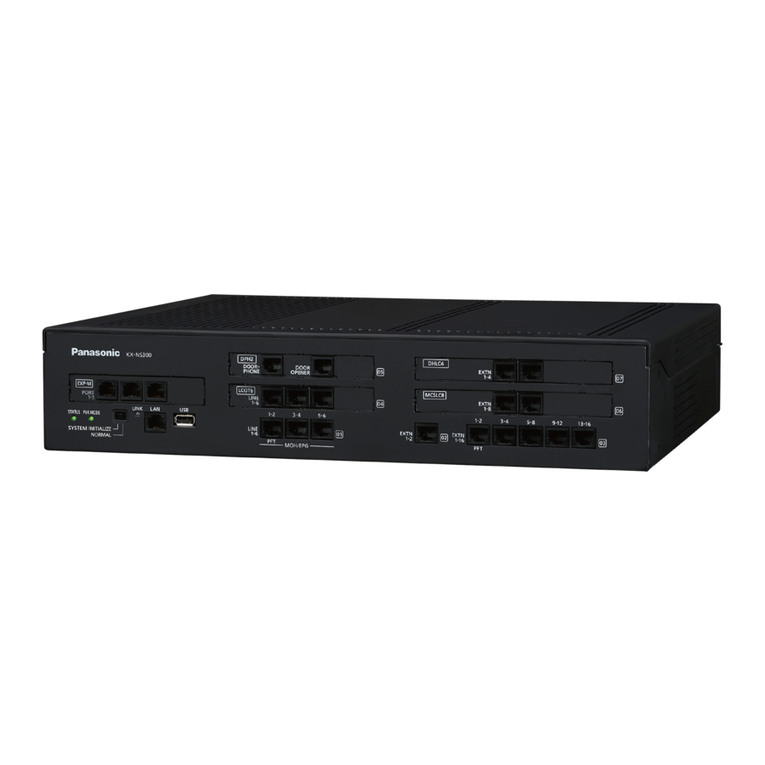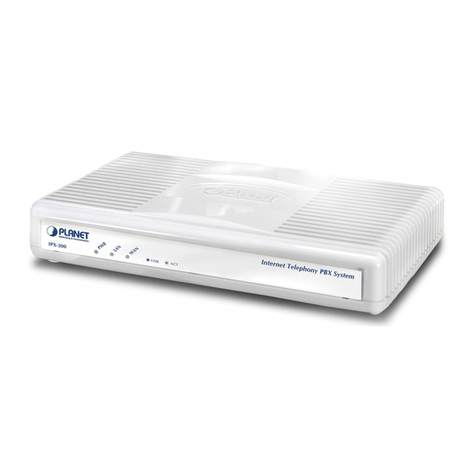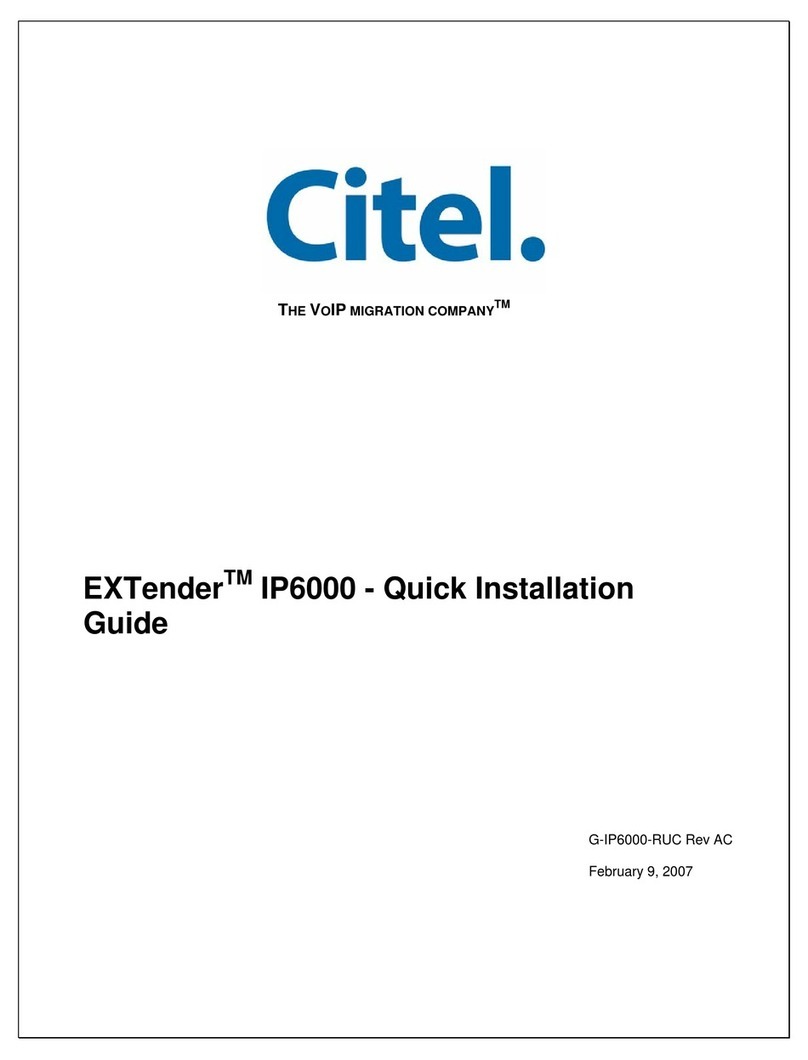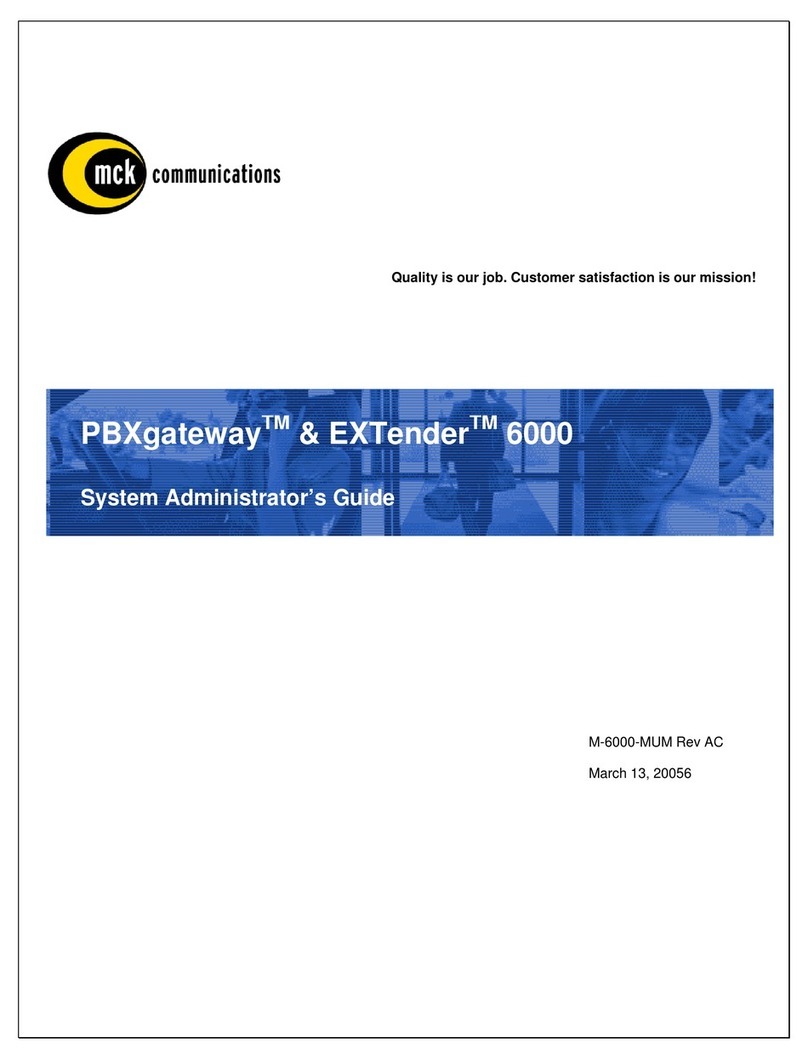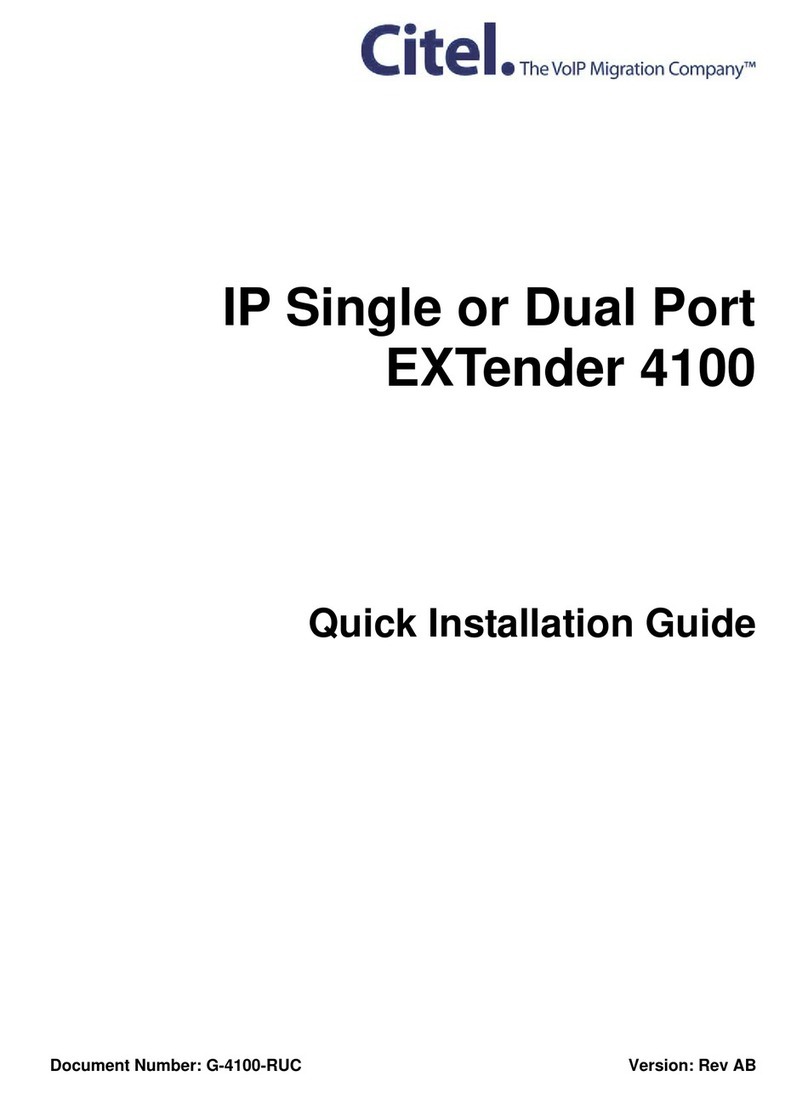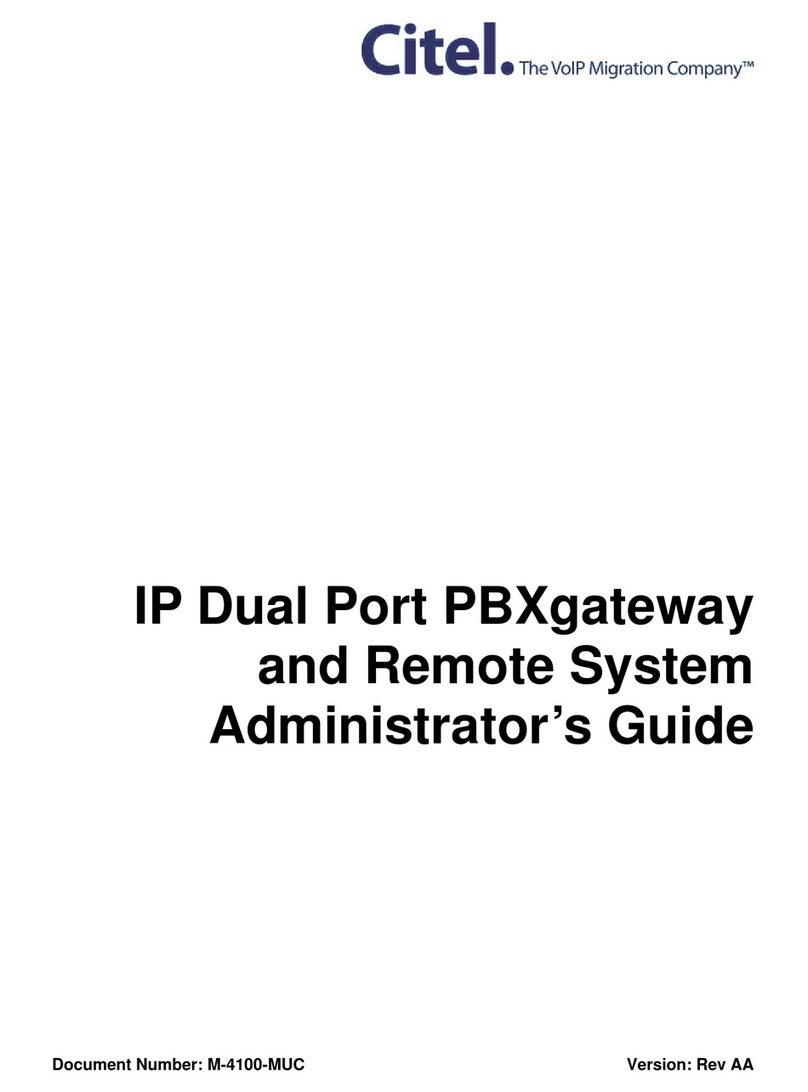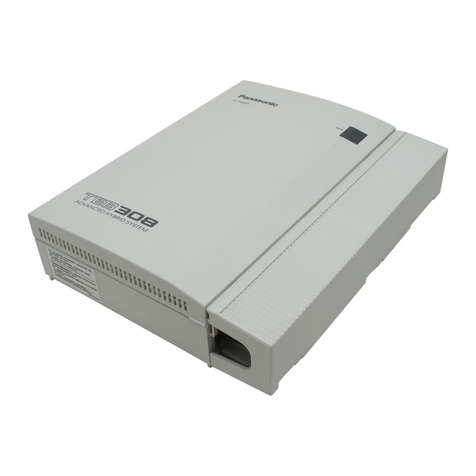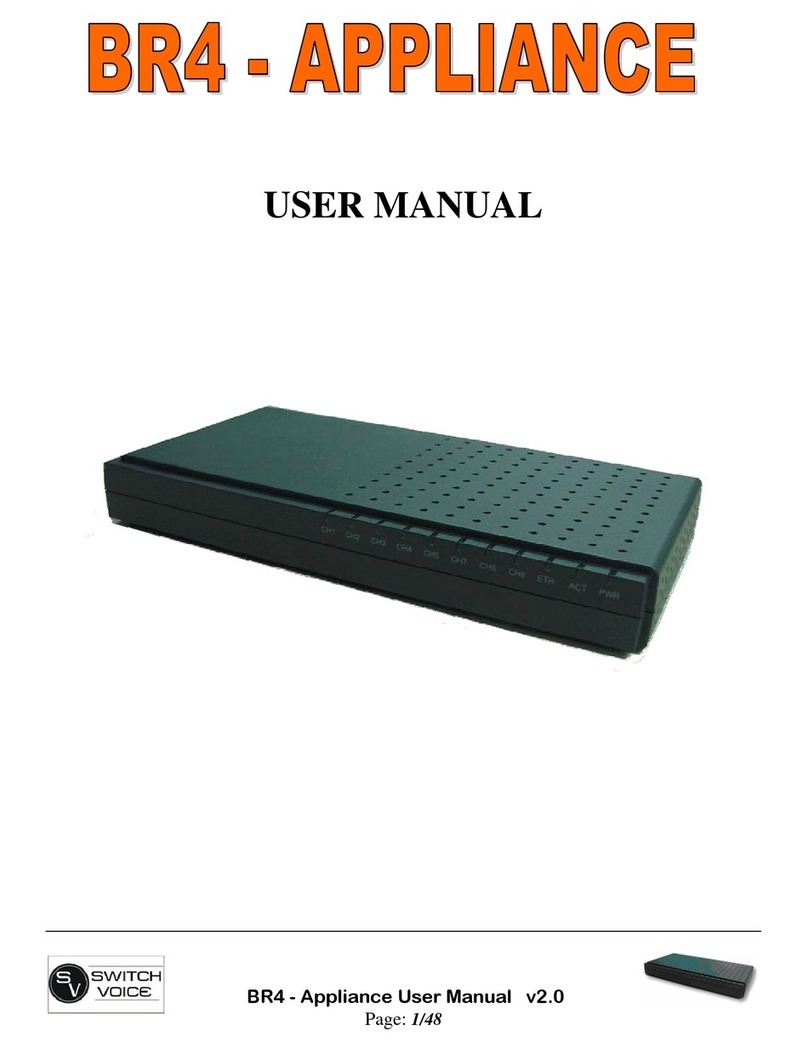070707 Page 4 of 5
Copyright 2007 Citel plc All Rights Reserved
Most of the time, quality high-speed Internet connections are able to deliver packets
within the 100 milliseconds jitter window, and the normal one-way delay of less than 100
ms generally allows us to stay within our total round-trip delay budget of under 500 ms.
Anything in excess of this and talk-over becomes garbled, with both parties talking over
one another’s conversation. Understanding the issues and consequences of using the
Internet as your transmission network is extremely important. For many customers,
DSL or Cable may very well provide an acceptable level of service. It may be the only
option that meets their cost constraints, and consistent audio quality may not be a big
issue.
Transmission Speeds
Transmission speed is very important to a successful IP telephony implementation. The
DSL service offered by many RBOCs is ADSL (Asymmetric Digital Subscriber Line) with
an uplink speed less than the downlink speed. Speeds of up to 384 Kbps can be
achieved when receiving (downloading), but the sending (uploading) speed is limited to
128 Kbps. Citel Extender products only need 23 Kbps per phone at G.729a. So, what’s
the problem?
The problem arises if the customer is sending and receiving data over the same link as
the voice. The voice will likely need to be prioritized over the data. Unfortunately,
problems occur due to the amount of time it takes to transmit a data packet at that
speed. The default Maximum Transmission Unit (MTU) size is 1500 bytes, and at 128K
it takes 96 milliseconds to send one packet of data. Citel transmits voice packets every
50 ms, so if the customer tries to send data 40 ms later, the link is free and the router
will send it immediately.
The problem in this scenario as there is no competing voice traffic for another 10 ms.
Transmission is not interrupted, so the next voice packet is delayed, as are the two after
it. For this reason, Citel recommends a minimum speed of 256K when sharing the link
with data. This allows the data packets to fit between the voice packets with only a
single packet ever being delayed. The MTU size can be reduced, but this may affect
the users ability to access Internet services. This problem is typically referred to as
fragmentation, and can be overcome by the use of a QoS router such as the Cisco
1760. Again, some users may be willing to live with this by agreeing to never send data
when they’re on the phone.
DSL may be satisfactory if the customer is using the same service provider at home and
the corporate office, and if the connections are large enough and never leaves the ISP
backbone. Customers have also had success with Cable modems where the home
office is only one hop away from the corporate broadband connection. Although both of
these scenarios can result in intermittent quality lapses, many customers are willing to
deal with intermittent poor quality in return for RVPoIP - Citel’s patented voice protocol -
using the low cost access of DSL and cable modems. However, keep in mind that Citel
will not endorse or support these types of implementations using the Internet as the
backbone.





